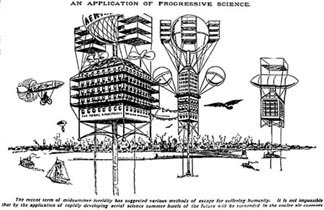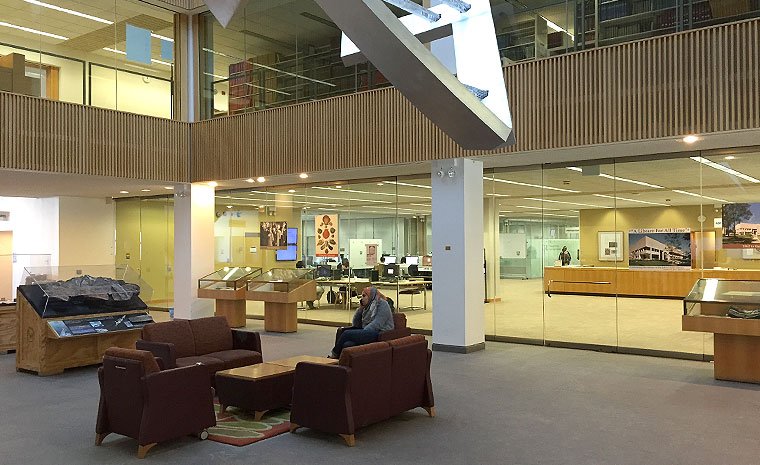Spreading the Word
Until the Chicago conference in 1893, many people in the public felt that those talking about aviation were ‘cranks’. Scientists like Langley from the Smithsonian and Chanute, an engineer legitimized the field of aviation and helped to shift popular opinion. Naturally, there were still skeptics who said, “ if God wanted me to fly, he would have given me wings!”
The media helped spread the word about aviation through articles such as "How it feels to fly". Other organizations, such as the Western Society of Engineers also contributed to the popularization of aviation. It was WSE members who actually went along with Chanute to try this new sport.
There was a certain excitement in the air! And happy experimenters surely spread the word...

Chicago Times Herald, 16 August 1896.
“The recent term of midsummer torridity has suggested various methods of escape for suffering humanity. It is not impossible that by the application of rapidly developing aerial science summer hotels of the future will be suspended in the cooler air currents."

Millet, J.B. 1897. Scientific Kite-Flying, with Special Reference to the Blue Hill Experiments, The Century; a popular quarterly 54 (1): 66-78. Illustration drawn by Henry Sandham.
"The wings are fastened to a central frame made like a pair of "lazy-tongs" so as to produce various transformations and changes in the position and angle of incidence of the wings. This kite flies very steadily, pulls very hard when arranged as shown in this illustration, and very little (while sustaining the same weight) when adjusted so as to resemble a step-ladder. It is the prototype of a gliding-machine recently constructed by Mr. Chanute."


